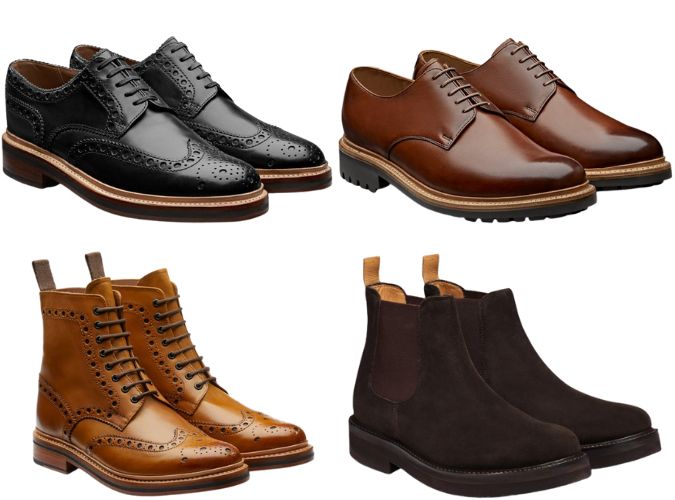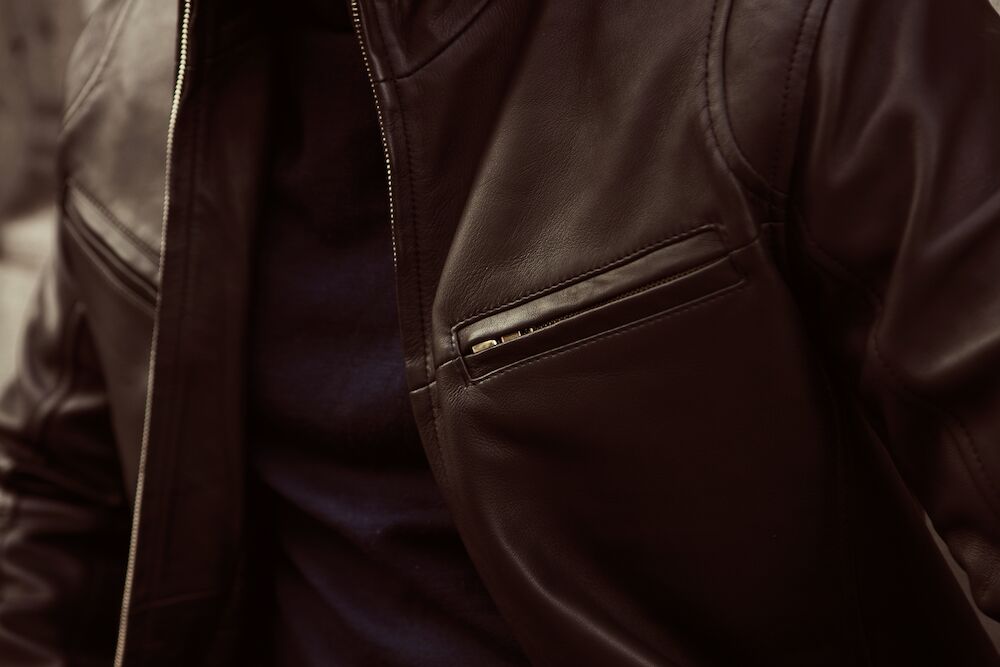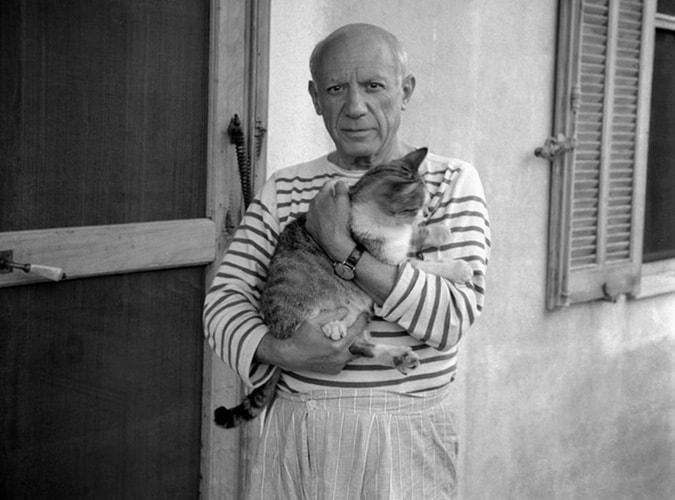The Complete Guide To Cashmere
The Definitive Cashmere Guide
We’re constantly being sold the virtues of cashmere – from its unrivalled softness to its comforting warmth – but what exactly makes this wool so superior? How is it different to regular sheep’s wool, and why is it so much more costly? Who does quality cashmere and how can I wear it best?
Sound familiar? Then set aside a few minutes for this succinct guide to all your cashmere-related questions, from fabrication to fine styling.
What Is Cashmere?
Cashmere wool is produced using the fine undercoat fibre of the Cashmere goat and other related species, which originate from the Kashmir region of North West India.
These goats produce a double fleece consisting of two layers – the outer layer consists of a coarse hair, providing a water-repellent barrier for the undercoat, which is composed of soft, insulating ultra-fine hairs. It’s this soft undercoat hair that’s used to produce cashmere wool.
Why So Costly?
It can take up to four years for a goat to produce enough fine undercoat hair to make just one cashmere jumper, and the cultivation, gathering and processing of the raw material is a long and labour-intensive process.
The fine hair is gathered when the goat begins to shed its winter coat in spring, and the fibres require ‘de-hairing’ to remove the coarser fibres from the outer fleece, which are not required for the production of cashmere.
Once separated, this fine hair is washed and dyed and then spun into yarn, ready to be used for garment manufacture. Cashmere has different grades of quality, according to where it is taken on the goat – the throat and under belly yield the softest wool, so yarn made from these fibres is particularly premium, usually with a price tag to match.
Cashmere vs. Regular Wool – The Benefits
Softness
Our skin is a sensitive organ, and is often the first part of our body to drop clues that we should be treating it with a little more care.





















